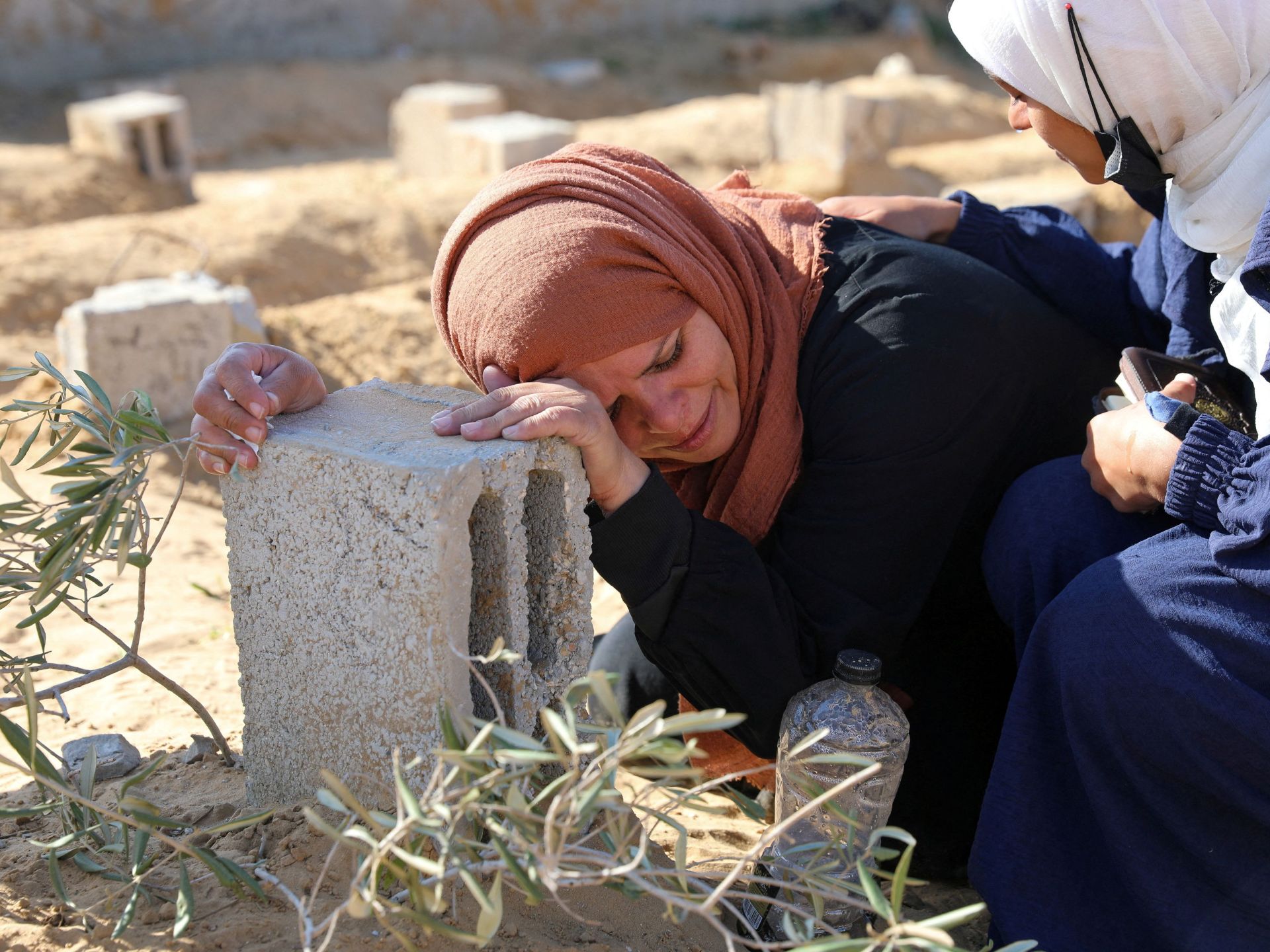Kharkiv- Every neighborhood in the city speaks to you about the effects and repercussions of the ongoing war Kharkiv East UkraineIt is as if it were a scene of unfinished events on an area of about 350 square kilometers.
A war that destroyed many landmarks in the city near the Russian border, which has always been proud that it was the first capital of Ukraine in the period between December 1919 and January 1934, before it became Kyiv It is the capital.
Sumska Street, the main street in the city center, is sufficient evidence of this, as all its buildings, which are considered architectural masterpieces and some of which date back to the 18th century, were destroyed and damaged.
In Freedom Square, which is in the middle of the street (formerly Lenin Square), the Kharkiv District Administration building, its hotels, and the Kharkiv Palats, which is considered one of the city’s landmarks, bear witness to the destruction, which was targeted by direct bombing at the beginning of this year.
“Rich and famous”
Not far from this street, the bombing destroyed parts of the Korolenko Library, the Art Museum, a number of historical churches, and the “Dergprom” building (Palace of Industry), which was built in 1928 and was considered the first skyscraper during the era. soviet union.
The city of Kharkiv is rich and famous for its infrastructure in the field of medicine, as it includes 64 health institutions, including a hospital, a clinic, research centers and laboratories, including 5 huge medical complexes specialized in all fields.
These institutions have been targeted repeatedly since the beginning of the war, the last time on December 30 near one of the buildings of Hospital No. 28.
Natalia Yermolaeva, director of the hospital, told Al Jazeera Net: “It is more than 70 years old, and it was bombed directly at the beginning of the war, then it was restored during the past year.”
The same spokeswoman continued, “The escalation has returned to Kharkiv in general, and the bombing has renewed on the hospital. Perhaps because it is the closest hospital to the district.” Belgorod, Russia (about 40 kilometers north of Kharkiv). This was done by two S-300 missiles that fell near the patient care building where they come to sleep during the morning periods.
Yermolaeva confirmed to Al Jazeera Net: “There were no soldiers or military vehicles in the hospital, and we were lucky because the building was empty of patients and workers on holidays. The bombing caused great damage. The hospital is civilian, and about 40,000 people in the surrounding neighborhoods benefit from its services.”
Perhaps one of the most famous characteristics of Kharkiv – during and after the Soviet era – is that it is the “city of culture”, “city of science”, and “student city”, due to the large number of universities and institutes there, as it includes 60 research centers and institutes in various fields, and 45 universities in addition to 8 large museums and galleries. 7 government theatres, and 80 libraries.
Loss and paralysis
Kharkiv lost all of its students in the higher education levels that you saw everywhere, and they are about 300 thousand according to the city administration. The war destroyed many educational institutions, and paralysis affected even those that were spared from the bombing operations.
Karazina University in the city center is one of the most famous landmarks that Kharkiv is proud of. It is the first scientific university in Ukraine and the second most famous university after Shevchenko in Kiev. Its establishment 219 years ago was a reason for the development and growth of the city, which was even smaller than residential areas. Many surround it, and today it belongs to it.
Before the war, Karazina entered the list of the 500 best universities around the world sometimes, or the list of the 1000 best universities at other times.
The main building of Karazina University stands near Freedom Square, and it was also not spared from direct bombing or its repercussions. It was closed to the 23,000 students who were studying there before the war, including 5,000 foreign students, whose tuition fees are considered the “main funder” of the university.
Anatoly Babichev, deputy dean of the university, told Al Jazeera Net: “At every meeting at the beginning of the war, information came to us one by one. We lost that building, that residence, and so on. In the end, the university lost about 25% of its college buildings, housing, and sports complexes, which were a total of 40. The amount of losses is estimated at approximately 150 million euros.
He added: “We were facing severe depression, but we overcame it two weeks after the start of the war, and after the students were evacuated, we decided that the loss of buildings should not stop us, and that the remaining and steadfast cadres are the most important capital.”
He continued: “The doors were closed, and we quickly switched to the distance learning system, so the educational process returned to many literary colleges, while we were forced to transfer students in scientific majors to a special platform created at Ivanofrankivsk University in the west of the country.”
“positive indicator”
Babichev concludes: “We have overcome two world wars, and the university will overcome the current Russian war. Its situation is much better than other universities that were completely closed or were forced to merge with others in Kharkiv. There is a demand for enrollment in the distance education system, and after losing half of the students at the beginning of the war, today we have about 20 One thousand students, including a thousand foreigners, and this is a great positive indicator.”
In numbers and de facto, students are considered part of the demographic component that has changed due to the war in Kharkiv, and this also includes students in schools, many of which have been closed, except for those that contain “safe shelters,” although they are few.





